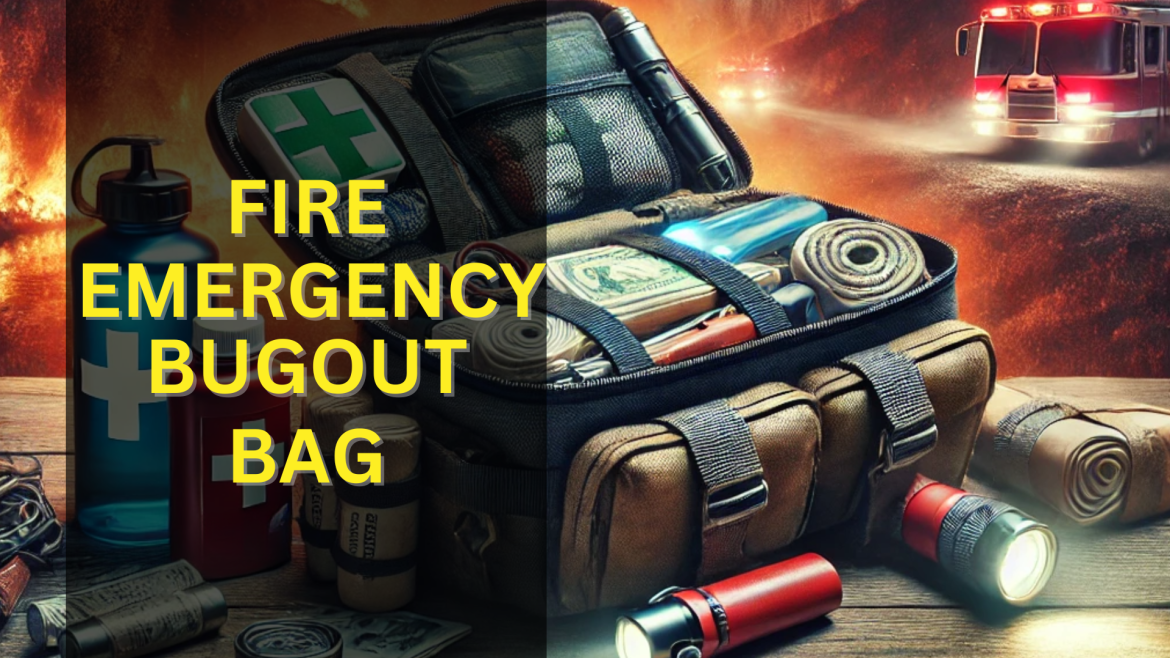Wildfires can escalate quickly, making preparation crucial for your safety and survival. A well-packed bugout bag ensures you can evacuate at a moment’s notice while having the essentials to navigate the challenges of a fire emergency. Here’s a step-by-step guide to assembling your fire-focused bugout bag.
1. Bag Selection
Choose a durable, water-resistant backpack with multiple compartments. Consider a lightweight design for easy carrying and one with padded straps for comfort.
2. Essential Items to Pack
Personal Safety
- N95 Masks for Wildfires: Protect against smoke and ash.
- Protective Goggles: Shield eyes from debris and intense smoke.
- Fire-Resistant Gloves: Protect hands when handling hot or sharp objects.
- Bandanas or Scarves for Smoke: Can be moistened and used as additional smoke barriers.
Navigation & Communication
- Emergency Radio for Wildfire Updates (Battery or Hand-Crank): Stay informed about evacuation routes and fire updates.
- Local Maps: Paper maps of your area and marked evacuation zones.
- Emergency Whistle: Signal for help if you are trapped or separated.
First Aid & Hygiene
- Comprehensive First Aid Kit for Emergencies: Include burn ointments, saline eye drops, and basic medications.
- Sanitation Supplies: Pack wet wipes, hand sanitizer, and a small pack of biodegradable soap.
- Emergency Blanket for Wildfire Situations: Provides warmth if you’re stranded or exposed.
Food & Water
- Water Bottles for Wildfire Evacuations: Include at least 3 liters per person.
- Water Purification Tablets or Filters: Ensure access to clean water if you’re stuck in a remote area.
- Non-Perishable Food for Emergencies: High-calorie options like energy bars, trail mix, and canned goods.
- Electrolyte Powders for Hydration: Replenish lost fluids and electrolytes.
Clothing
- Fire-Resistant Clothing for Wildfire Evacuations: If possible, pack wool or treated fabrics.
- Sturdy Footwear: Preferably hiking boots or fire-resistant shoes.
- Hat & Sunglasses for Protection: Protect your head and eyes from radiant heat and ash.
- Rain Poncho: Useful for protection against elements.
Shelter
- Lightweight Tent or Tarp for Emergency Shelter: Offers protection if you’re in a non-residential area.
- Emergency Sleeping Bag: Compact and heat-retentive.
Tools & Miscellaneous
- Multi-Tool or Knife: For cutting, prying, or general utility.
- Duct Tape for Quick Repairs: Useful for sealing items against ash intrusion.
- Flashlight with Extra Batteries: Ensure visibility at night.
- Lighter or Waterproof Matches: For signaling or starting a safe fire (away from fire zones).
Important Documents & Cash
- Waterproof Pouch for Documents: Store IDs, insurance documents, and emergency contacts.
- Emergency Contact List: Include family, friends, and local emergency services.
- Cash in Small Bills: Useful if ATMs and credit systems are down.
Comfort Items
- Portable Charger for Devices: Keep your phone and devices powered.
- Personal Items for Daily Use: Prescription medications, glasses, or any specific necessities.
- Photos of Family Members & Pets: Useful in case of separation.
3. Preparing for Pets
- Pet Food and Water Supplies: Include collapsible bowls.
- Leashes and Carriers for Pets: Ensure safety during transit.
- Copies of Veterinary Records: In case shelters require proof of vaccinations.
4. Keep Your Bugout Bag Ready
- Store the bag in an accessible location, preferably near your exit.
- Regularly update the contents to replace expired items or adjust for seasonal needs.
5. Stay Informed and Plan Ahead
- Sign Up for Local Wildfire Alerts: Stay updated on changing conditions.
- Familiarize yourself with evacuation routes.
- Have a family communication and meeting plan in case of separation.
A well-prepared bugout bag can make all the difference during a wildfire evacuation. Remember to periodically review your supplies and tailor them to your personal needs and local conditions. By planning ahead, you can ensure your safety and the safety of your loved ones during a California wildfire emergency.




